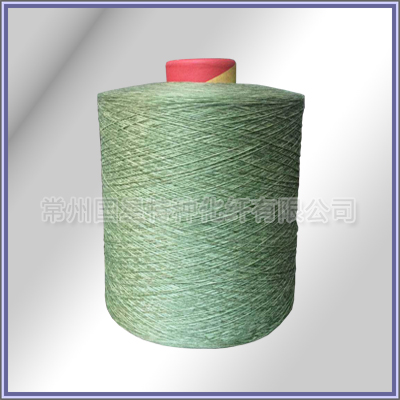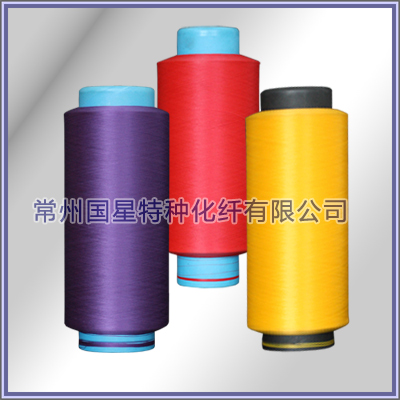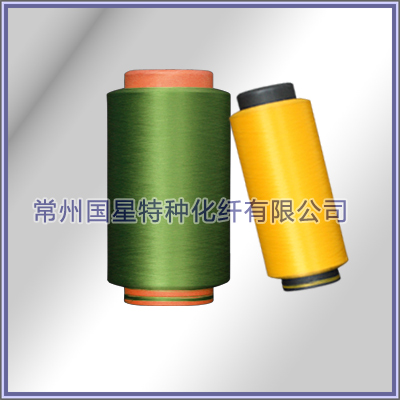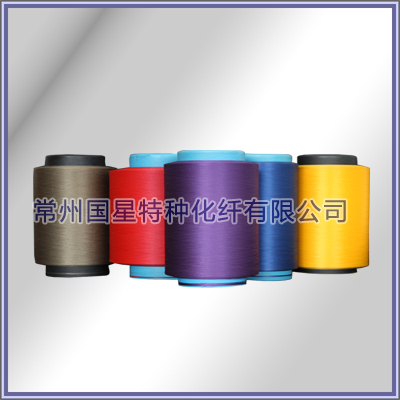Before spinning, it is necessary to know the physical properties of the polymer, in particular its molecular structure, and how to change its structure to make useful filaments. The molecular structure of non-oriented yarn can be seen as a circle around the ring and entangled in a "spring" after stretching the orientation of the yarn is like many roots without entanglement and ordered "spring ". Pull these "springs" along the fiber axis. Can stretch up to a level limit. The degree of tow orientation determines the properties of the yarn, especially its tensile strength.
In order to obtain the orientation, the yarn must be heated to a zero temperature, ie, an external force applied to it below its softening point. Ideally, each "spring" can be pulled straight down with the same external force.
Polypropylene fine denier Product Features:
1, hydrophobic sweat, smooth and easy to dry
3, low heat conduction, warm and comfortable
2, soft texture, affinity and skin
4, stock solution, good color fastness
5, wear wash, acid and alkali
6, antibacterial deodorant, health and health
7, environmental pollution-free.
My company's polypropylene fine denier silk:
1, the lightest fiber: the smallest density, light weight 40% lighter than cotton, 30% lighter than polyester, gentle lubrication;
2, Feltier than Wool: Thermal Conductivity is the lowest available natural fiber and synthetic fiber with a low heat loss rate
3, good color fastness: liquid staining, color fastness is unmatched after other fiber dyeing and finishing.

 +86-519-86266888
+86-519-86266888 gxhx888@126.com
gxhx888@126.com



